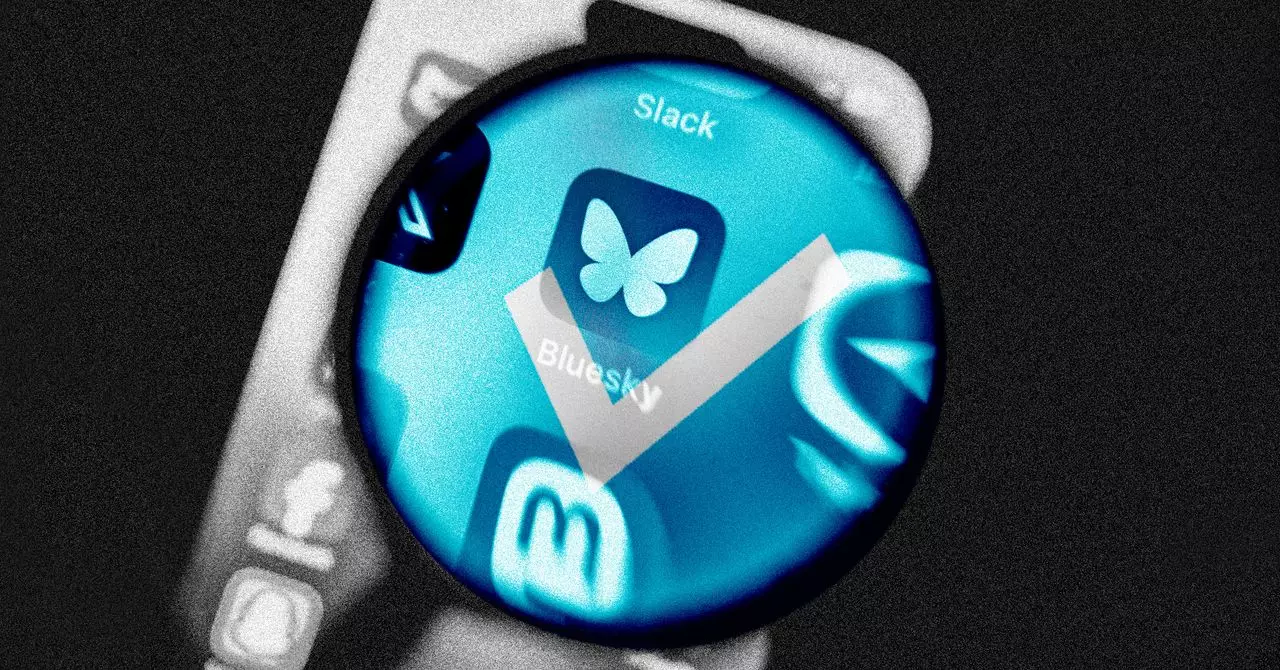In an era where digital credibility is paramount, Bluesky has taken a significant step toward enhancing trust on its platform by introducing a more conventional verification system akin to that made famous by Twitter. Since its public debut in early 2024, the platform has flourished, primarily relying on a nontraditional self-verification method that enabled users to authenticate their identities by associating personal web domains with their accounts. However, with the surge in popularity, a sense of urgency to establish a robust verification process became evident, especially to combat the increasing number of impersonators exploiting this laissez-faire approach. This new initiative marks a pivotal transition for Bluesky, moving from a haphazard verification system to a more structured and proactive one that aligns better with user expectations.
Redefining Verification with Blue Check Marks
The visual allure of the blue check mark has become synonymous with verified identities. Jay Graber, CEO of Bluesky, elaborates on the decision by stating, “It’ll be a rolling process as the feature stabilizes, and then we’ll launch a public form that people can use to request verification.” This public request system is an important addition; it gives users a pathway toward achieving verification while letting Bluesky handle the load of initial checks. Currently, the immediate focus will be on high-profile accounts: government officials, reputable journalists, and beloved celebrities. Such an emphasis not only caters to public figures but also serves the everyday users who follow them, reinforcing a sense of security in the digital arena.
Why Verification Matters Now More Than Ever
The urgency for a reliable verification system cannot be overstated, especially as Bluesky gains traction among influential users. Authenticity online has become a rare commodity, with many users falling prey to deceitful accounts masquerading as their favorite public figures. As noted by analysts and publications like MIT Technology Review, the dangers posed by impersonators have multiplied in recent years, underscoring the necessity for an effective verification framework. This not only protects users but also shields the credibility of those in the spotlight, empowering them to communicate in a space where their integrity is acknowledged.
Adaptations from the Giant: Learning from the Mistakes of Others
Bluesky’s new approach seems to respect the mistakes made by other platforms, particularly Twitter. Elon Musk’s controversial move to commercialize verification and create a pay-to-play model diluted the meaning of the blue check mark, turning a once-potent symbol of trust into just another transaction. By adopting a more traditional and free verification system, Bluesky is smartly presenting itself as a cleaner alternative—one that can appeal to users who have become disillusioned by current alternatives. Furthermore, by ensuring that its verification looks similar to that of its predecessor while also making distinctions clear, Bluesky invites familiarity whilst establishing its own identity.
Empowering Organizations through Trusted Verifiers
Additionally, Bluesky is implementing a “trusted verifier” category, granting select organizations like The New York Times and WIRED a scalloped variation of the blue check mark. This initiative highlights the platform’s inclination toward decentralization, allowing multiple organizations to verify a single account, thereby enriching the verification process through collaboration. This shared verification responsibility ensures that users can dive deep into who stands behind an account, offering layered assurance.
The Road Ahead: Balancing Growth with User Security
Bluesky, boasting a lean team of fewer than 25 employees, faces formidable challenges ahead. The company must guarantee that its verification system remains effective without being overwhelmed by rapid growth. The combination of centralized and decentralized verification methods could potentially juggle these obstacles gracefully, offering users not just verification but also fortifying accountability across the board. As the excitement around the platform continues to brew and celebrity users flock to it, effective user experience will hinge upon whether Bluesky can maintain the integrity of its verification process.
Through these strategic developments, Bluesky stands at the precipice of significant digital evolution, strengthening its framework while simultaneously building a safe haven for users who prioritize trust in their online interactions.

